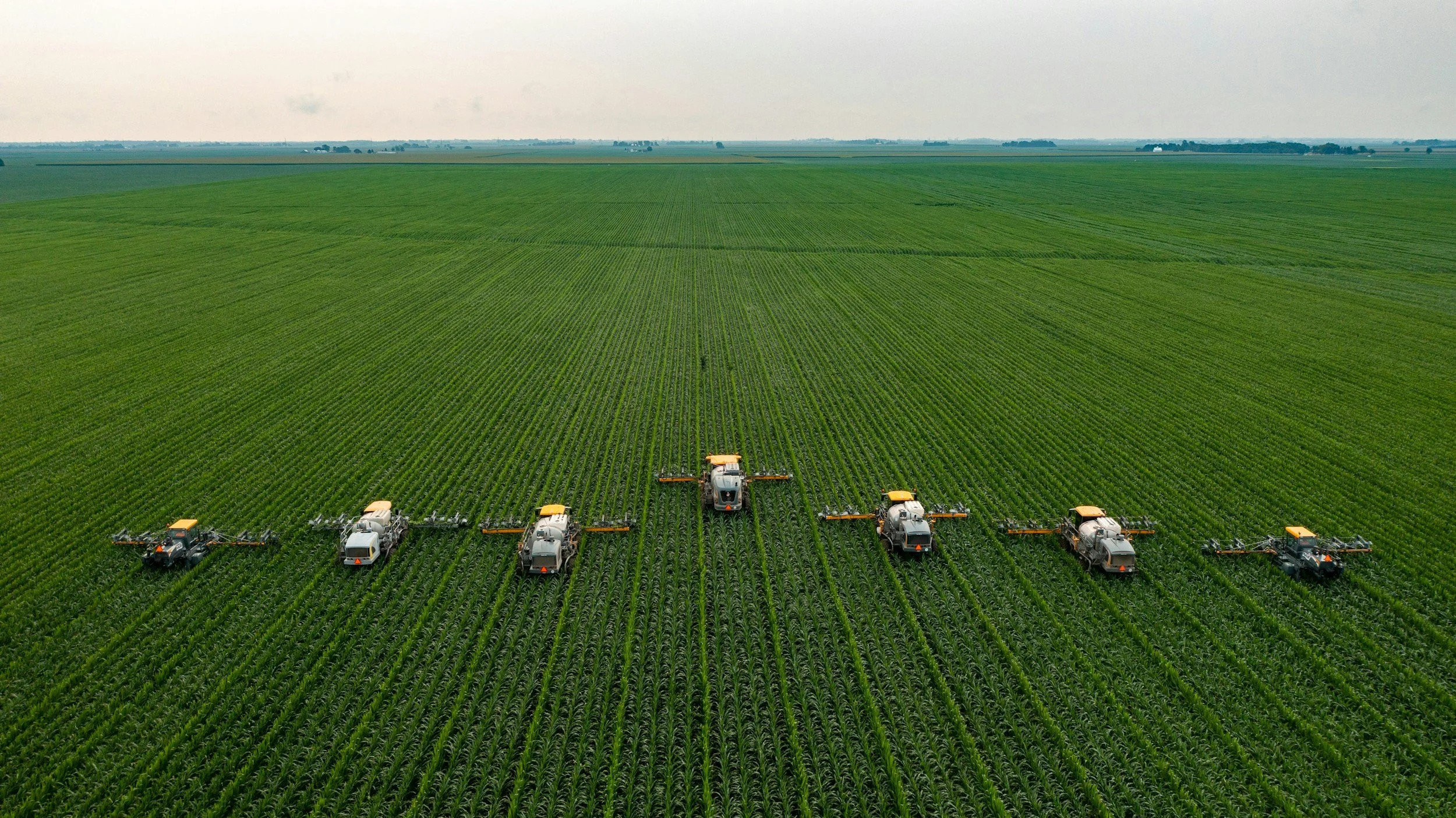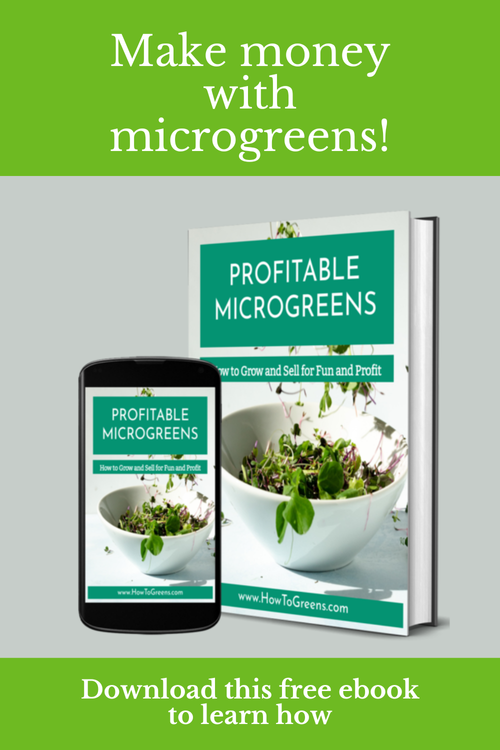Fall Companion Planting Guide: 10 Tips for a Successful Harvest
/As the days grow cooler and the leaves transition into hues of orange and gold, it’s time to embrace the possibilities for fall gardening. This season, why not maximize your yield and improve the performance of your crops by companion planting?
Read More


















































